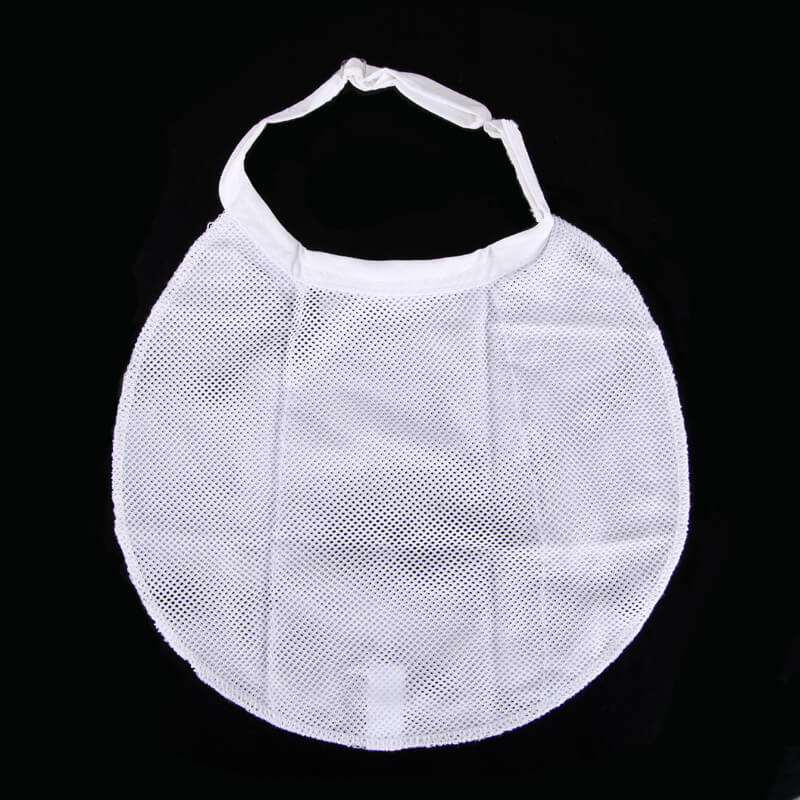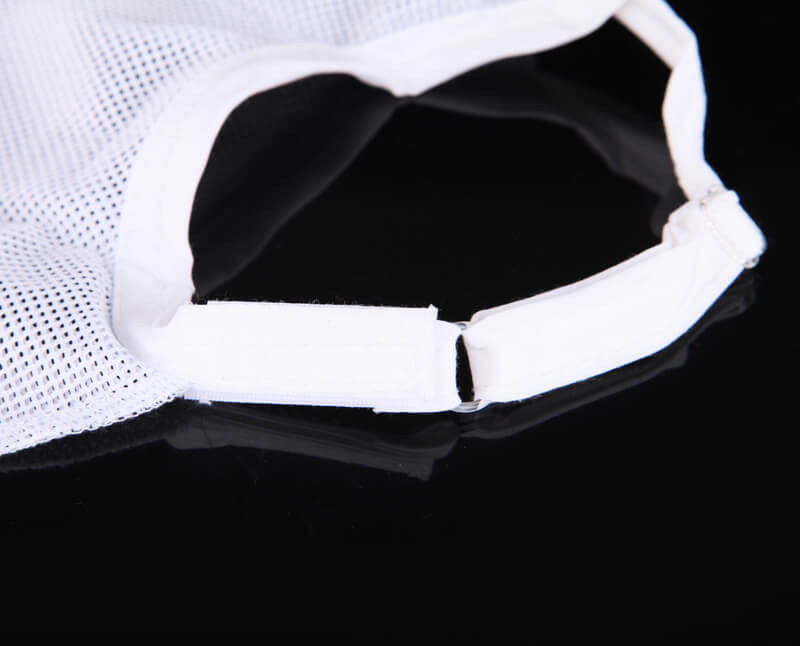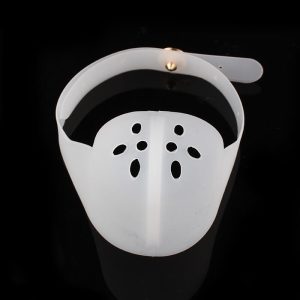Stoma cover for laryngectomy
The Stoma Covers are designed specially for a patient to use after their laryngectomy operation is performed. And after they are ready to begin the recovery process. This Stoma cover is a neck-worn bib. It delivers unique benefits to neck breathers. As a result of effective product design and material composition. Bibs are an essential part of our Larynx protection collection to complete a laryngectomee’s wardrobe. Its produced with a washable and durable material for multiple wearing. They also have adjustable neck straps for comfort. Tracheostomy Covers are packaged individually. They are generally available from the local countrywide distributor.
Features:
- Providing moisture as well as heat to the breathed-in air.
- The protective cover is part of soft, and also high permeability material.
- Machine washable.
- Option to be changed according to your demand.
- Suitable for different neck dimensions.
- Offered in 5 classic color styles.
- Optical cover.
- Traditional design. Breathable.
What is laryngectomy?
The surgical removal of the larynx is known as laryngectomy. Your vocal chords, which allow you to generate sound, are housed in the larynx, which is a part of your throat. The larynx is the tube that links your mouth and nose to your lungs. It also protects your respiratory system by keeping food and drink in your esophagus rather than your lungs.
Speaking, eating, and breathing will all be affected if you undergo a laryngectomy. Following surgery, you’ll need to learn new ways to accomplish all three duties.
What are the reasons for a laryngectomy?
The removal of the larynx is a dangerous but essential procedure for those who suffer from:
- have laryngeal cancer
- having had a serious neck injury, such as a gunshot wound
- experience radiation necrosis (damage to the larynx stemming from radiation treatment)
Your doctor will perform a partial or total laryngectomy depending on your situation.
Neck Anatomy
Within your neck, there are two separate pathways:
First: to your stomach;
Second: to your lungs.
The esophagus connects to the stomach, whereas the larynx and trachea (windpipe) connect to the lungs.
When your larynx is in place, it shares an area called the pharynx with your esophagus. The larynx is removed during a laryngectomy, and the link between your mouth and lungs is severed.
The esophagus and trachea no longer share the same area after a laryngectomy. To account for this difference, you’ll need to learn a new swallowing technique. You’ll breathe through a stoma, which is a surgical hole in your neck. The stoma serves as a replacement for the usual breathing route, which is altered after surgery.
Check out other Labex products!









